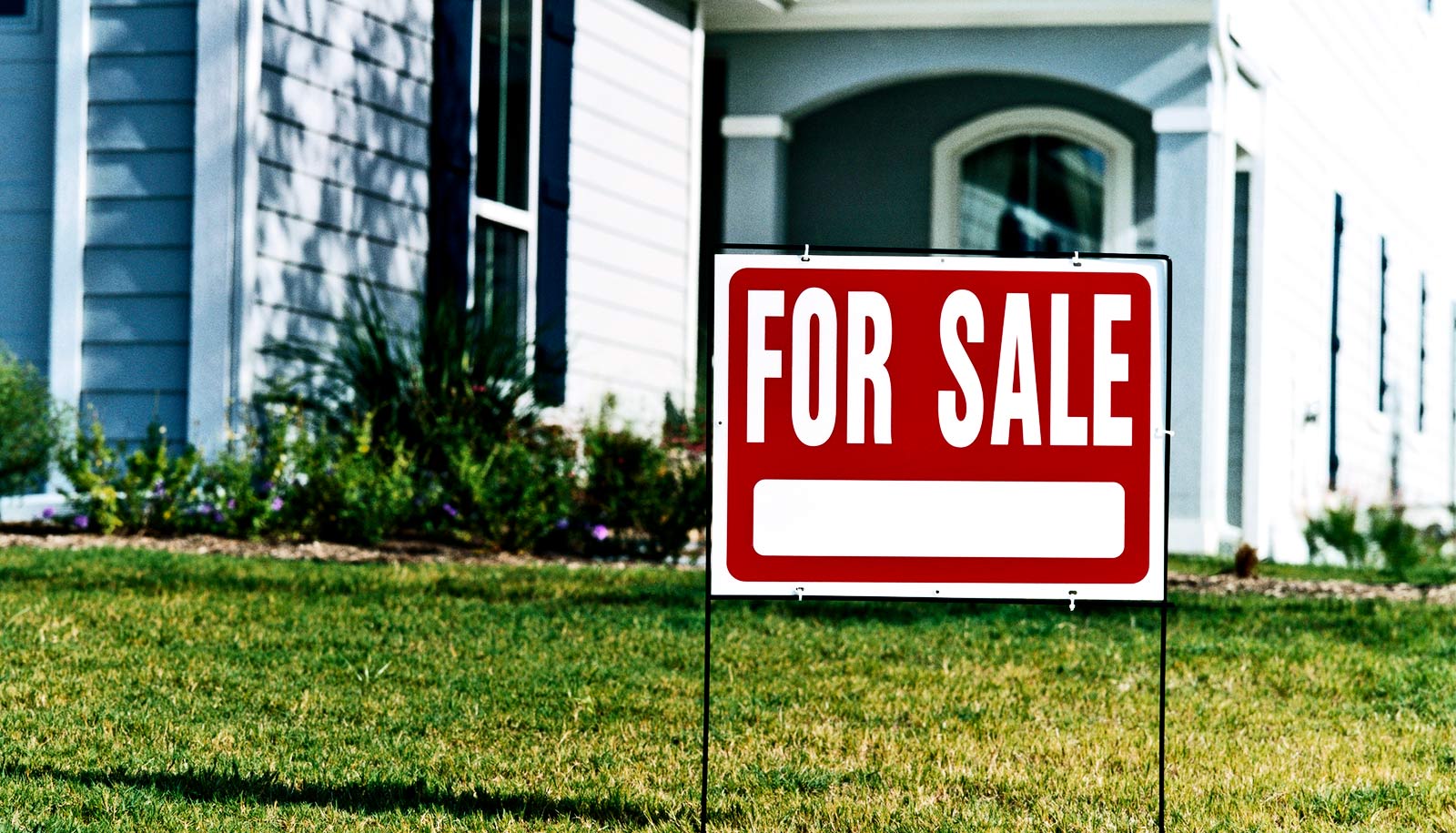People are willing to pay a premium for energy-efficient homes, according to new research.
Georgia Warren-Myers, a property lecturer at the University of Melbourne and Franz Fuerst of the University of Cambridge analyzed tens of thousands of property transactions over five years, from 2011-2016, in Australia’s Capital Territory, where mandatory disclosure has been in place since the late 1990s.
“The data shows people are valuing energy efficiency and making decisions based on the energy efficiency portrayed in these ratings…”
Their research found Energy Efficiency Ratings carry weight with buyers and renters, providing a clear market signal for builders and owners to install more energy efficient systems, potentially reducing carbon emissions associated with housing.
“The data shows people are valuing energy efficiency and making decisions based on the energy efficiency portrayed in these ratings,” says Warren-Myers. “It has become one of the factors that people consider when they’re looking. They see the number of bedrooms, the number of bathrooms, carparks, and they see the energy star rating.”
The ACT is the only Australian State or Territory to introduce mandatory rating disclosure for all dwellings, while nationally only new dwellings need a rating—a minimum six-star rating out of a possible 10.
Generally, the researchers found sale price premiums associated with different star ratings. Compared with three-star properties, properties rated five and six attracted premiums of 2 and 2.4 percent respectively. But properties that went further on energy efficiency to gain a seven-star rating attracted heftier premiums of up to 9.4 percent.
“Home owners know that new homes meet a minimum six-star level, and they want to be better than the standard,” says Warren-Myers. “They’re going to that seven-star mark to differentiate themselves from that baseline.”
In the rental market, five and six-star properties rented at a 3.5 and 3.6 percent premium respectively compared to three-star properties. However, the gains flattened at seven and eight stars with premiums of 2.6 percent and 3.5 percent respectively. Yet when the non-disclosure is taken into account, these premiums rise substantially.
Warren-Myers argues that a mandatory disclosure program Australia-wide would drive broader energy efficiency in existing properties, particularly in the rental market where landlords lack incentives.
“By providing a mandatory disclosure program Australia-wide, decision-making by owners, occupiers, and landlords will drive more energy efficient dwellings, potentially reducing carbon emissions associated with housing,” says Warren-Myers.
Paper byproduct makes greener ‘glue’ for houses
“For tenants, who have limited capacity to make changes to a property, not knowing the energy rating means they can effectively be penalized, from the perspective of household bills. They may also end up still paying a standard rental price for a property that doesn’t actually perform. However, our research demonstrates there is potential that the initial outlay to increase the energy efficiency could be offset through the additional premiums in rental income and resale value.”
Source: University of Melbourne



